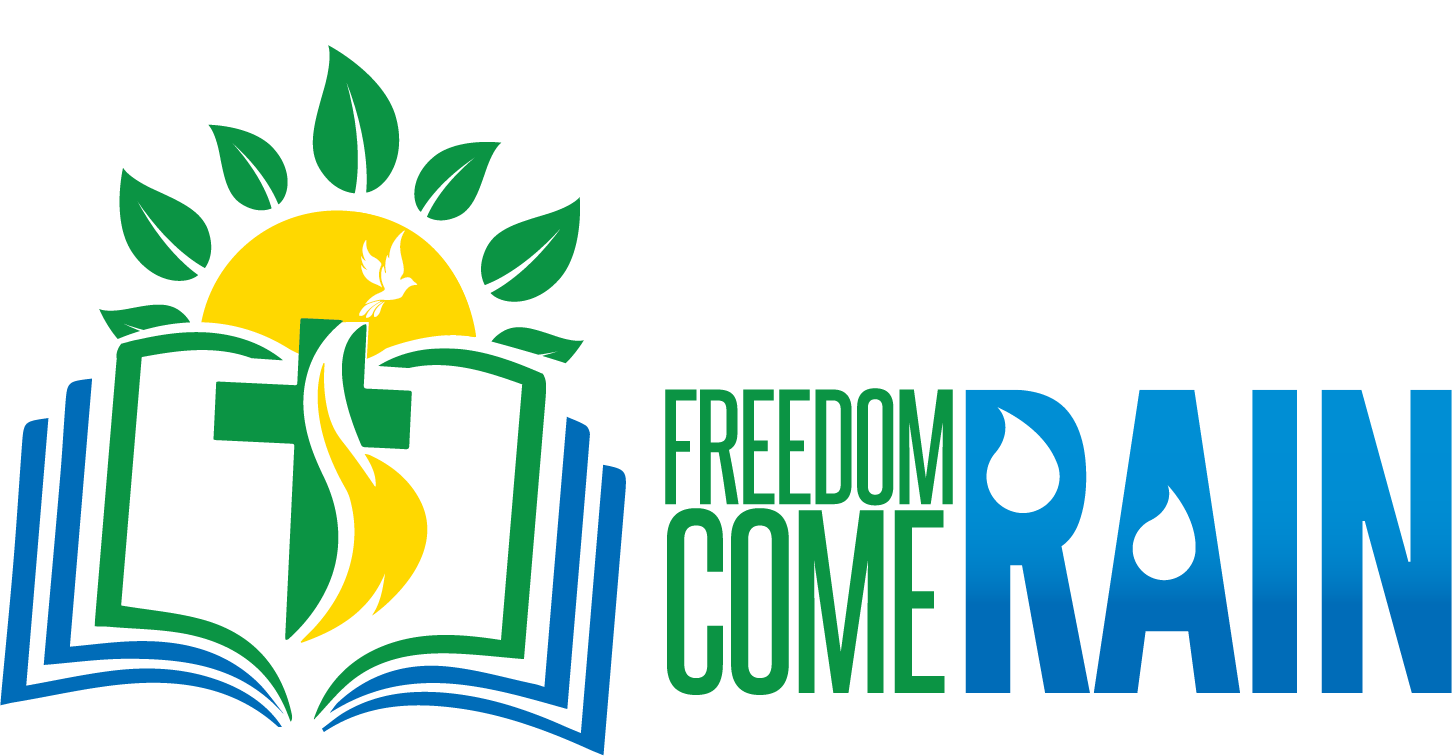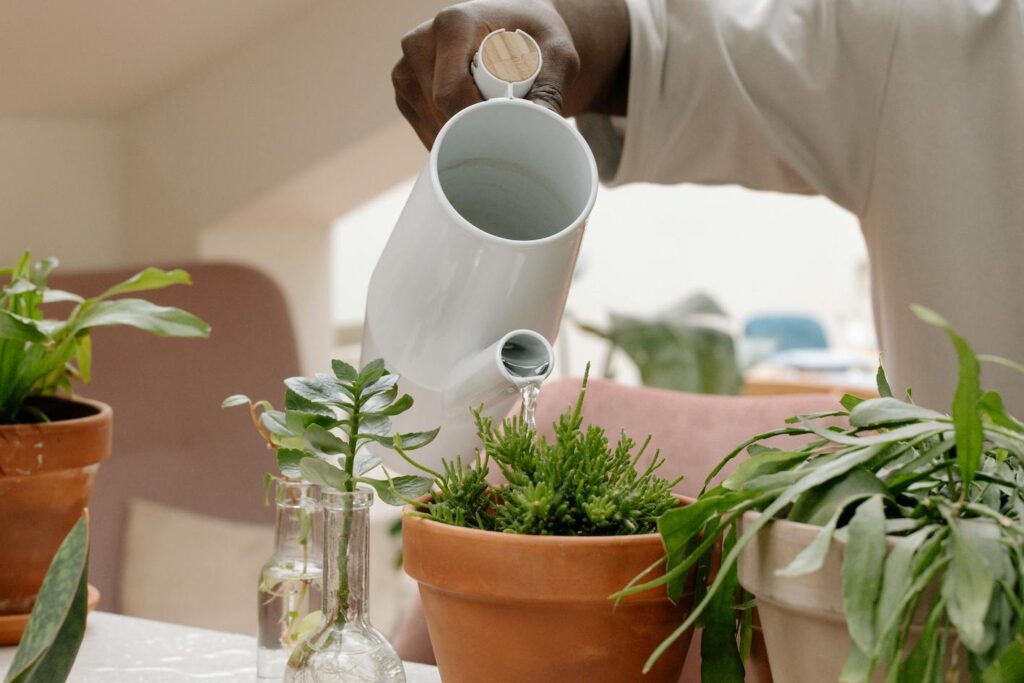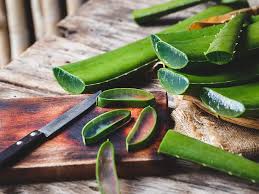According to the National Irrigation Commission Limited, Jamaica is extremely susceptible to drought. With February to March and July to August being the driest periods, it is necessary that mitigatory strategies be developed to counter the possible negative effects. The NIC offers some tips for short-term intervention.
- Use mulch to conserve moisture in the soil
- Control weeds as they compete for water
- Hand water (use watering cans)
- Plant seeds in trays instead of direct seeding
- Improve crop portfolio mix by planting drought tolerant crops (e.g. cassava, pineapple, sweet potato, ginger)
- Install temporary guttering systems to catch water from sporadic rainfall.
When the time is hot and dry, people can get carried away by their concern for their plants and actually end up over-watering, which can be just as damaging as under-watering.
Bearing in mind that irrigation varies for vegetable gardens, container gardens, trees, and seedlings, Nadia Hassani of Spruce.com has some sage advice to help you “raise healthy, attractive, and productive plants in the most effective and efficient way.”
1. Water Thirsty Plants Immediately
When a plant, even if it is well-established, looks wilted and under drought stress, water it right away. Always check the soil first, though: often plants look stressed and droopy because they’ve been overwatered.
2. Water When the Soil Is Dry
For all other plants, water when the soil is dry. To check, stick your index finger in the soil about two inches deep. Note that not every plant needs to be watered and will die when the soil is dry; there are many drought-tolerant plants. If you don’t know your plants’ water needs, check the plant tag or look up the plant online.
Some plants, like succulents, prefer for the soil to dry out between waterings, while other plants need consistently moist soil.
3. Give Vegetable Gardens One Inch of Water Weekly
In the absence of sufficient rain, you need to water your vegetable gardens or raised beds with at least one inch of water every week. In hot climates, you may need to water more often. Check the soil—stick your finger into the soil one inch deep. If it’s moist, there’s no need to water.
4. Adjust Watering to the Type of Plant and Garden Soil
The required amount of water depends on the type of plant, its size, age, and your local climate. The type of soil is also a determining factor in the amount you need to water. Sandy soil drains much more quickly than clay soil, so it will need more frequent watering. Mature plants may be more drought tolerant than young plants.
5. Water Plants at the Base
Let the water go right to the center of the root system by targeting the base of the plant with the nozzle of a hose or watering can. Overhead watering with a hose is not only a waste of water, but wet leaves can also precipitate the spread of fungal diseases.
Trees, with their extensive root systems, need watering in a wider area, beneath the entire canopy and extending several feet beyond the drip line, but start with the center, or root ball. Getting the ball soaked is always the first step.
6. Water Early in the Morning
The early morning hours are the best time to water. Morning is preferable because the plant can dry before the sun goes down, ensuring water doesn’t just sit on the soil. If you water in the evening and water doesn’t have time to absorb in or evaporate, this can encourage rot or fungal growth, causing damage to your plant.
7. Water Deeply
Watering deeply and infrequently is much better than shallowly and often, because the water needs to reach the roots. Also, watering deeply will train and encourage the plant to seek out water deeper and farther from the root ball.
8. Slowly Soak Dry Soil
When the soil is dry, it is important to slowly soak the first top inches at a very low watering volume, otherwise the water will just run off. Once the water seeps into the soil, you can increase the watering volume.






